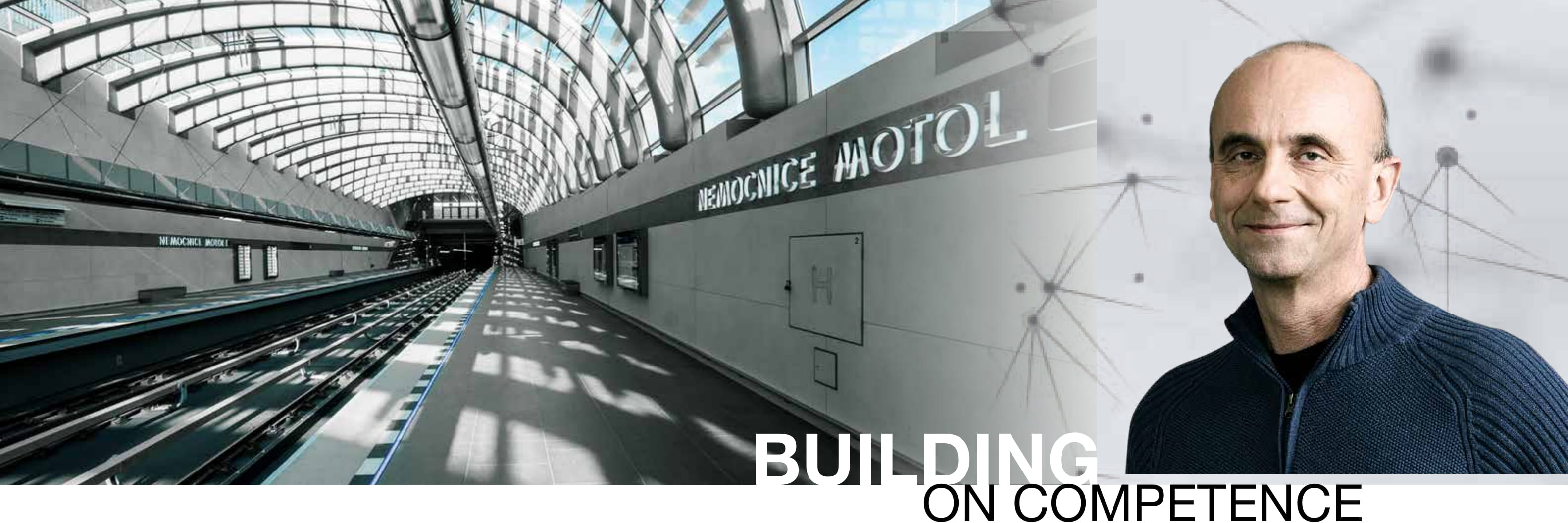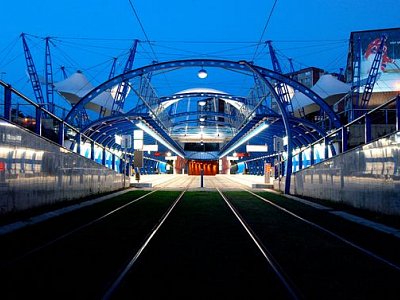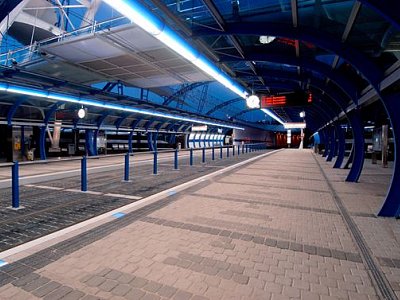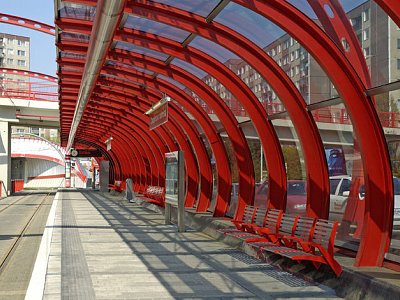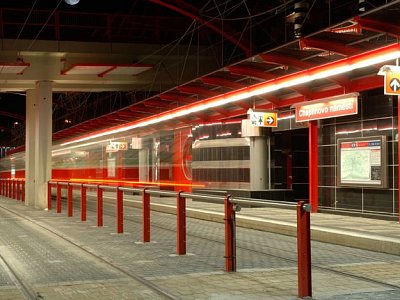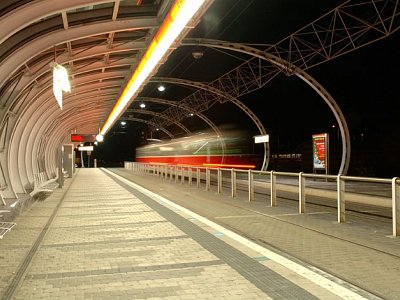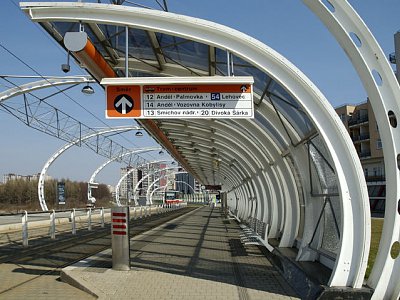Prague, Tram line Hlubočepy - Barrandov
The project Hlubočepy – Barrandov tram line represents one of the major traffic infrastructure initiatives in the south-eastern area of Prague. It offers a convenient traffic connection to the residents of Barrandov as well as to other passengers. The new traffic connection is significantly faster, safer and more comfortable. In general, tram transport also represents a major improvement with respect to the environment.
Information:
| Location: | Prague |
|---|---|
| Investor: | Subterra, a. s. |
| Realization: | HOCHTIEF VSB division 8 |
| Type: | Tram line |
| Construction time: | 07/2002 - 10/2003 |
| Main indicators: | excavations - 15 289 cu.m concrete - 3 008 cu.m steel structures - 294 125 kgs |
| Description: | The project included execution of six tram stops (Hlubočepy, K Barrandovu, Chaplinova, Poliklinika Barrandov, Sídliště Barrandov), tram track, including a viaduct over the Růžičková valley along the motorway link between D1 – D5. The actual project execution was preceded by numerous negotiations and proposals concerning various alternatives, including trolleybus service. However, such service would fail to solve the frequent jamming of the motorway, namely in the steep uphill section from the Barrandovský bridge, and it would not prevent frequent accidents in winter time caused by ice formation.Each of the stops represents an interesting urban work with timeless design consisting of an untraditional steel structure and using new technologies and materials, which has been a challenge, both in terms of design and actual execution. Each tram stop represents a different piece of work also due to the use of a different colour design.The design has also taken into account requirements for civil amenities, security, resistance against vandalism, lighting, audiovisual connection with the public transport control station and police as well as use of barrier-free access.The project execution required relaying of many underground services and structures which prevented foundation of the construction as stated in the design documents. The foundation base bearing capacity had to be complemented with underground piles, as the location failed to meet static requirements for this construction type. |
